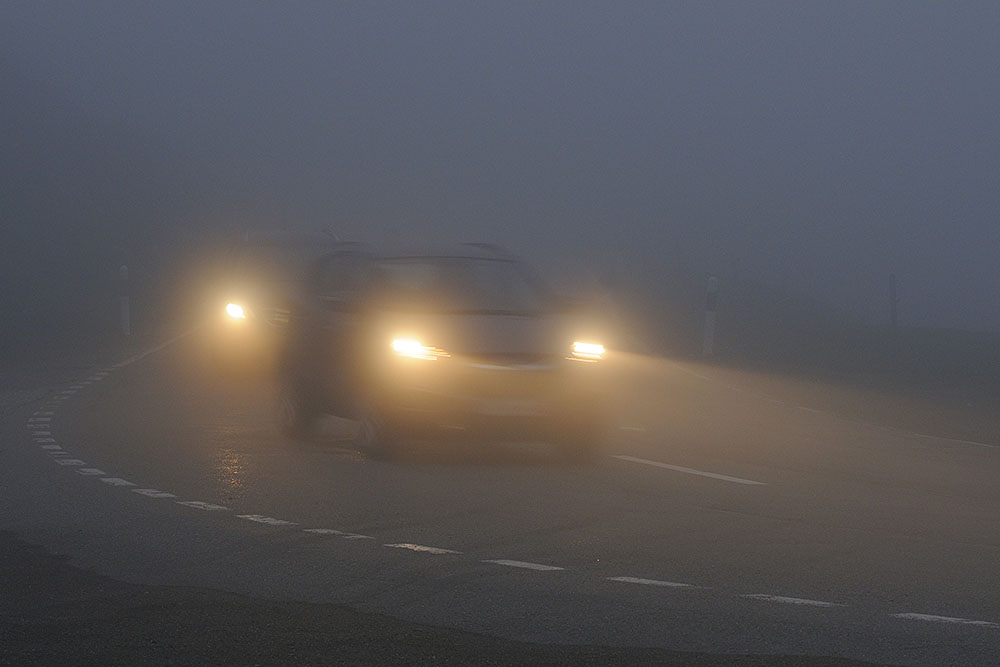12 Driver Safety Suggestions For Navigating Your Way In Fog

You open the garage door to greet the day and a blanket of fog makes it so you can hardly see the house across the street.
To make matters worse, you’re going to be driving through it soon, as your commute starts in half an hour.
Thankfully, there’s only a few things to remember that will help keep you and other motorists safe while driving in fog.
“Slow down and allow extra time to arrive at your destination. Have your headlights on so drivers ahead and behind you know you are there, and make sure your headlights are set to low beam,” according to the Wisconsin Department of Transportation. “Using high-beam headlights in foggy conditions will cause glare, making it harder to see.”
Below, the National Weather Service and Wisconsin Department of Transportation offer tips on driving in fog.
- Drive with your headlights on low beam. High beams will only be reflected back off the fog, further impairing your visibility.
- Use your fog lamps, if your vehicle has them. These low beam lights are closer to the ground and can improve visibility.
- Watch your speed carefully. Fog can create a visual illusion of slow motion when you may in fact be moving quite quickly.
- Listen for traffic you cannot see. Consider opening your window a crack to improve hearing.
- Use wipers and defrosters for maximum visibility. The kind of warm, moist days that create fog also cause condensation to form on vehicle windows.
- Look for road lines. If you’re caught in extremely thick fog, use the right edge of the road or painted road markings as a guide. Otherwise, stay off the road until fog lifts.
- Be patient. Do not pass heavy traffic. Aggressive driving during poor visibility is a recipe for disaster. The international definition of fog is a visibility of a little more than half a mile, and the average stopping distance of a vehicle going 45 mph is more than 80 feet.
- Do not stop on a freeway or heavily traveled road. Take your foot off of the brake pedal. People tend to follow tail lights when driving in fog.
- What if your vehicle stalls on a foggy road? If your car stalls or becomes disabled, turn your vehicle's lights on. Move away from the vehicle to avoid injury.
- Check local weather reports for fog warnings. You should anticipate fog on mild, windless days after a rain.
- Some areas may have fog alert signals. You can also check for fog alerts from the National Weather Service by following this link. Use this link to see if the NWS has any active weather alerts in your area.
- Carry an emergency road kit with flares in case your vehicle is stalled or disabled.